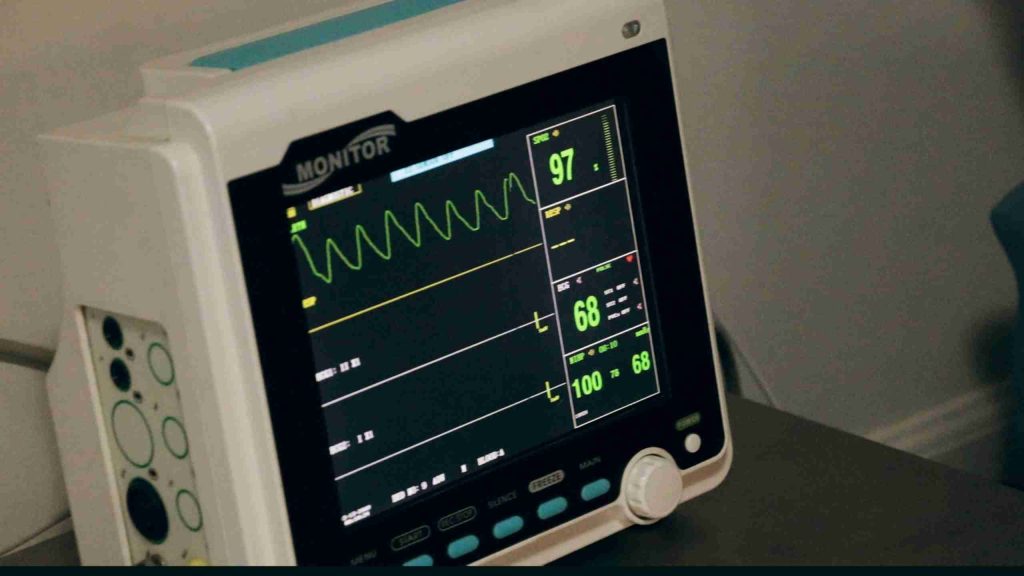In the web world, continuous integration and deployment (CI/CD) is quickly leaving “hot new trend territory” and heading toward being an absolute must for any development team. But if your business is in embedded systems, you may be just starting to hear about how it can benefit your teams. Whether you are working in a small startup, a firmware contracting shop, or a well-established multinational corporation, there are several ways you can save money and time by using a CI/CD pipeline to automate your development process. The savings of automating may seem marginal at first, but they add up quickly.
Time Savings
Everyone has heard the phrase, “Time is money” but without CI/CD tools to run automated builds for you then it’s going to fall on your engineers and developers to do that work. This time spent manually running builds, tests, and posting artifacts or releases is time that can’t be spent on creating great new products and features. This is compounded when there are issues running those builds and your engineers must spend time debugging their build tools. Using a CI/CD solution means that your developers can get constant feedback on their work with each commit, trust that the tools are working the same way every time, and stay focused on the important issues they’re trying to solve. Being able to keep the teams’ focus on their work will allow a company to continue seeing the time-based returns month after month.
Consistent High-Quality Code
Automated pipelines give engineers constant feedback on the code they write. With the consistent environments offered by CI/CD systems, contributors no longer need to worry about their changes unknowingly breaking their coworkers’ work or figuring out why things work on John Doe’s machine and no one else’s. In addition, there is a plethora of great tools such as linters, static analysis, unit tests, and enforced code reviews can be used as part of the CI/CD process. More of these quality and security checks can be used on a regular basis than ever before, possibly because they won’t take any time away from the team to use. And they’ll know they are building the right thing in the right way for their product’s success.
Client Engagement and Happiness
For contractors, happy clients may not be an obvious cost-saving, but having a method to provide them with build status and artifacts at every point in the process gives them insight into your work process. It also means you don’t need to spend time creating and testing firmware builds just to send to test teams or have a long meeting each week to report your team’s status. Reducing the back and forth between parties and closing the feedback loop makes everybody more effective and increases trust. When you’re ready for a big release, you and the client can see that potential pitfalls have already been addressed and tracked, meaning there’s less to do on release day. That creates intangible savings from smoother project execution that will lead to real monetary savings when happy customers keep coming back, telling their network about you, and being able to take on more projects without increasing staff.
The Case for EmbedOps
When deciding whether it’s worth it to set up automated pipelines for your teams, it can be difficult to see beyond the time cost of acquiring all of the expertise in the tools, getting it set up, dedicating a person or team to maintaining it, and training everyone to use it. When building in-house, the time saved not having to manually build and release firmware can feel like it’s being traded for maintaining and fixing automated tools.
That’s where EmbedOps comes in. We use what we’ve learned from working with our clients to quickly set up and reliably maintain your embedded-first CI system. We’ll make the transition painless with tailored training and dedicated support so you know your CI tools will always simply work. You can get the cost reductions mentioned here with a fraction of the cost of building CI/CD in house and none of the distractions for your developers.
And if you are looking for even more on embedded ops, we host a weekly Lunch and Learn on a variety of topics from embedded on cellular, deep learning with robots, and more! Check out our current list of events and sign up for your seats – always no cost!





